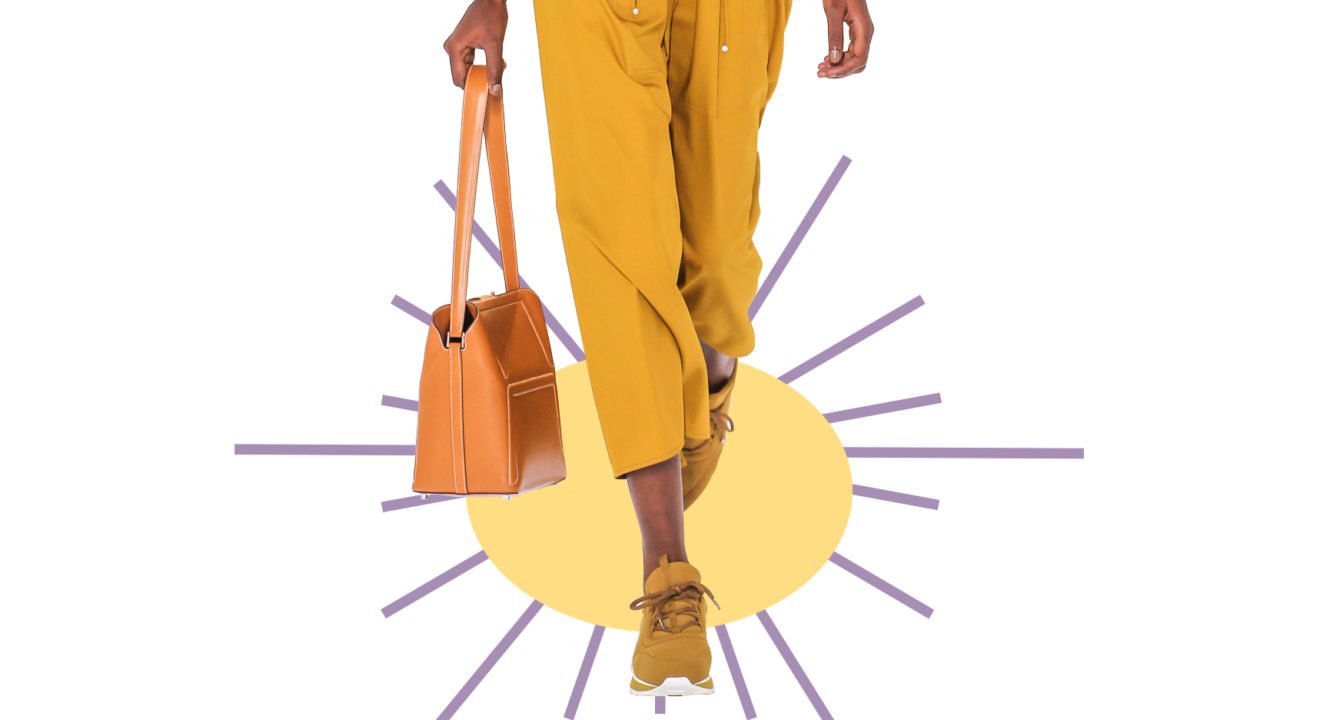Style August 4, 2016


Whether you see an honest value in the Birkin bag – with prices ranging from $11,550 to $223,000 – depends on your outlook on trophy hunting. Any noticeable harm done to animals is hidden from statistics because Hermes manufactures the bags at such low rates. Despite this, there is a palpable fascination with attaining such a novelty. As Forbes writes, the Birkin bag “is the most sought after bag in the world.” Much of this is due to the wealthy’s desire to publicly showcase their fortune, even if they pretentiously say it’s because “it is extremely well-crafted leather.” The success of the Birkin bag is propped on artificial scarcity and exclusivity.
According to ABC News, the bag’s inspiration comes from singer and actress Jane Birkin, largely understood as a definitive icon of beauty in the 1970s. The bag was named after her in 1981 when the executive of Hermès took a flight with Birkin and witnessed her low-quality travel bag spill open on the plane. He was inspired to create the leather bag Jane would have needed in that moment.
Hermès was established in 1837, and according to Fashion in Time, was initially known for making leather saddles. The company branched out to other forms of apparel as time went on. Thus, the Birkin bag’s craftsmanship value is thought to be connected to Hermès’ intricate saddle-making.
The way the Birkin is made seems to be what owners of the Birkin defend most. How much the bag sells for –and how much owners believe it’s worth it – depends on the “exoticness” of the animal skin used to make it. In this case, “exoticness” means artificial scarcity. The Birkin bag teaches that rare animal hides are of value, whether the rarity is artificial or not. For example, a Birkin bag made from an “almost albino” crocodile sells for much more than other crocodile bags. In addition to this, the actual hardware on the bag can increase prices as well. Bags adorned with gold and diamonds will, naturally, cost more than bags that are not.
Besides the diamond hardware and presumed scarcity of textiles, the process by which they are made is highly respected. One bag takes 18 hours to make. If the textile used is thought to be uncommon, it can take up to twice as long to make a single bag. The bags are also repairable for life. The time spent crafting plus the value of the exotic materials increases the price to extreme levels. In fact, the bags are often worth more in the secondary market because they offer further rarity.
If the price does not make it impossible enough for anyone but the privileged to get a bag, prospective buyers must play a crude game of respectability in order to have the opportunity. Some of the ways you can go about getting one is by having connections to the brand itself, impressing a sales associate, or being a frequent customer of Hermès. Impressing an associate might seem like the easy option, but it is supposedly a naive route. The associates are picky and will discriminate if you do not appear “wealthy enough”. However, some buyers do get lucky.
Attaining a Birkin bag is strategically and exclusively available to the rich. The bag remains of value because of an artificial scarcity akin to trophies from hunting. Next time you stare into the display case of an Hermès store, you will either see the synthetic value by which the company survives or the most unattainable, luxury purse in the world.